373 Views
Upcycle Tapestries

by
SA Garden and Home
(IC: homeowner)
WHAT YOU'LL NEED:
An old tapestry piece - rummage through second-hand stores or your grandmother's garage to find one (these were often framed), a large piece of plain fabric for backing, trims such as buttons and ribbons, pins, a sewing machine and cotton (ordinary cotton is fine).
An old tapestry piece - rummage through second-hand stores or your grandmother's garage to find one (these were often framed), a large piece of plain fabric for backing, trims such as buttons and ribbons, pins, a sewing machine and cotton (ordinary cotton is fine).
TO MAKE THE CUSHION:
Enjoyed the project?
Published October 13th, 2015 4:29 PM



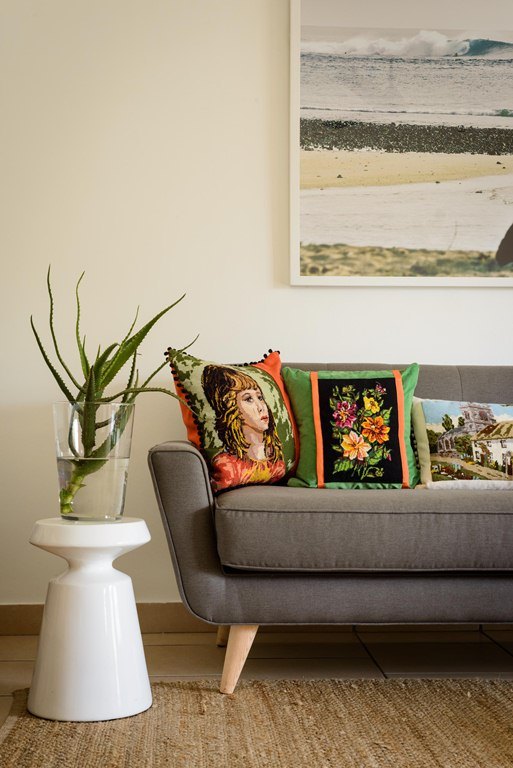

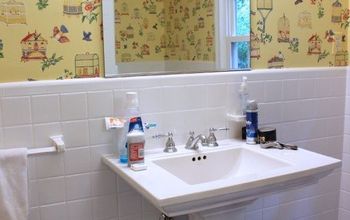

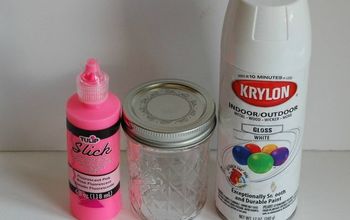
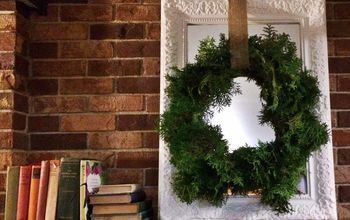



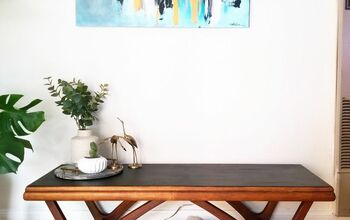

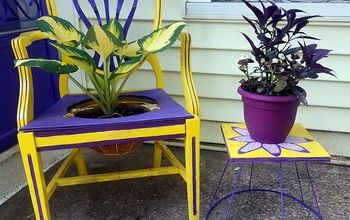


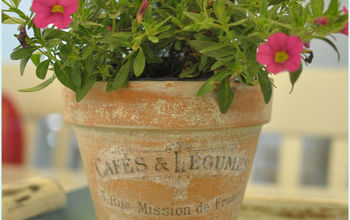




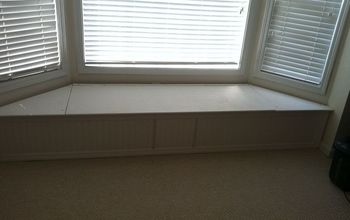
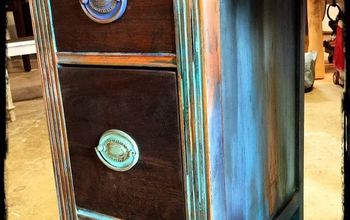

Frequently asked questions
Have a question about this project?